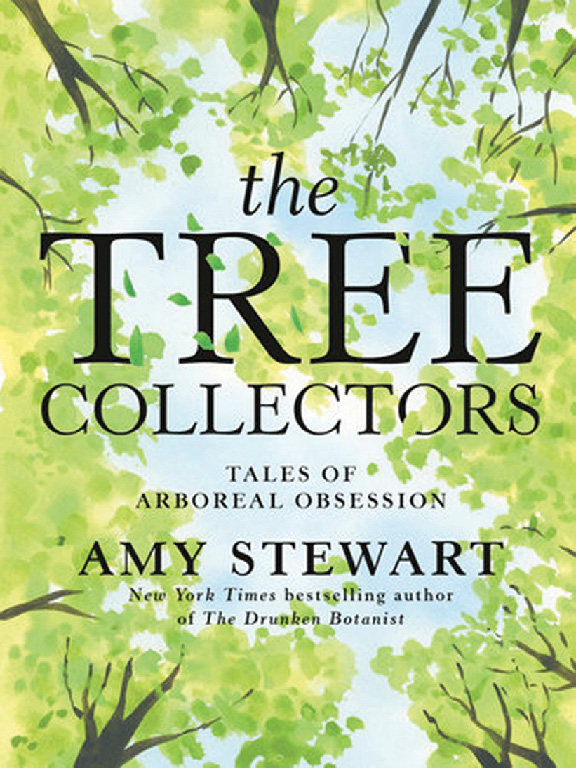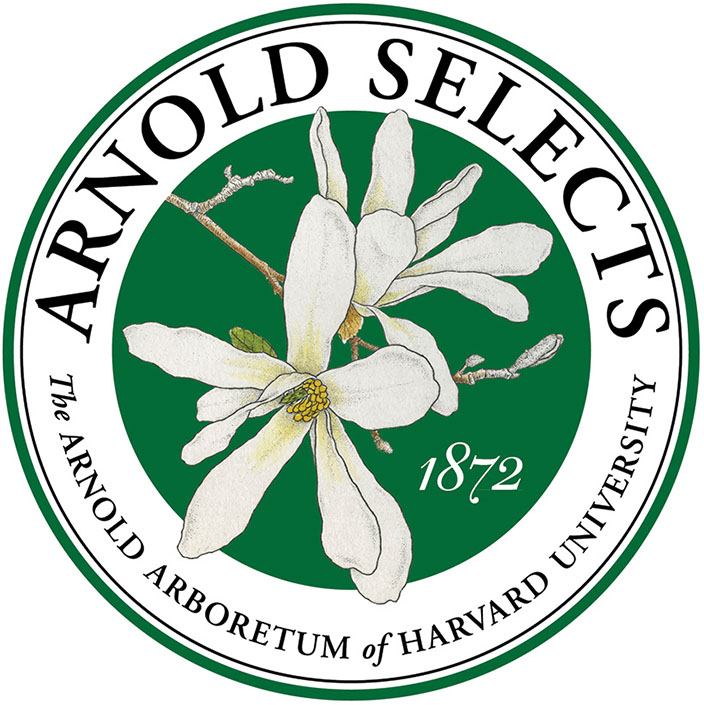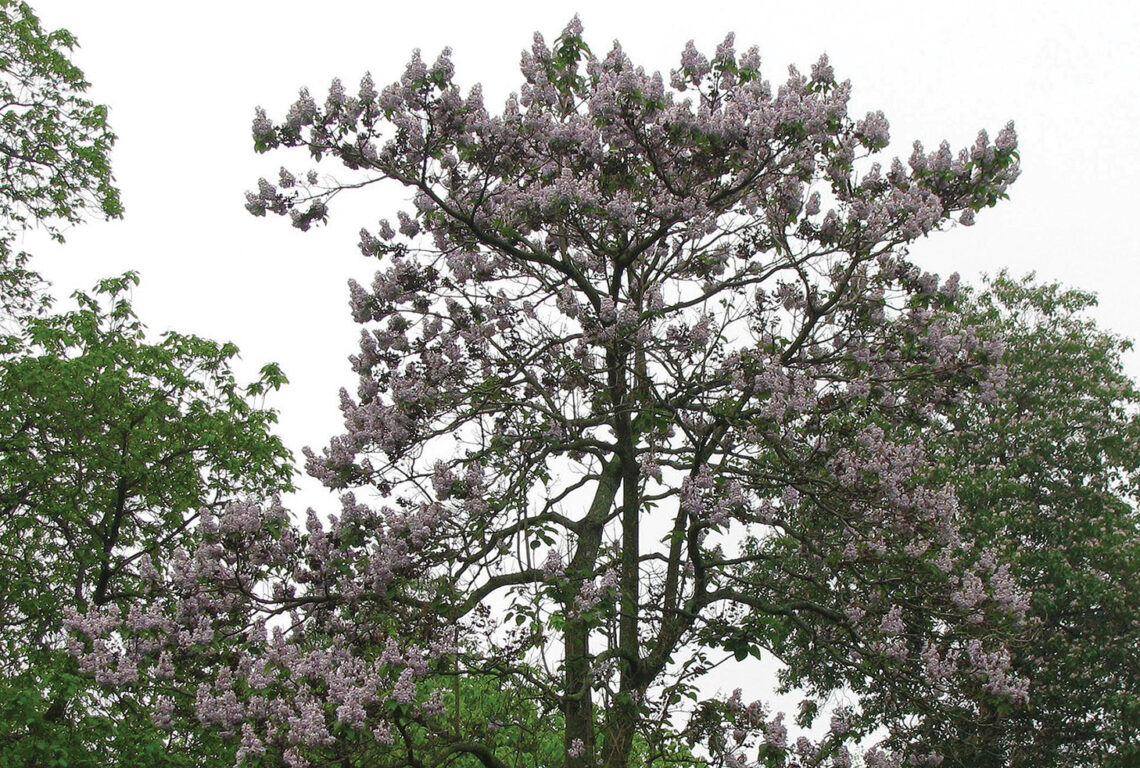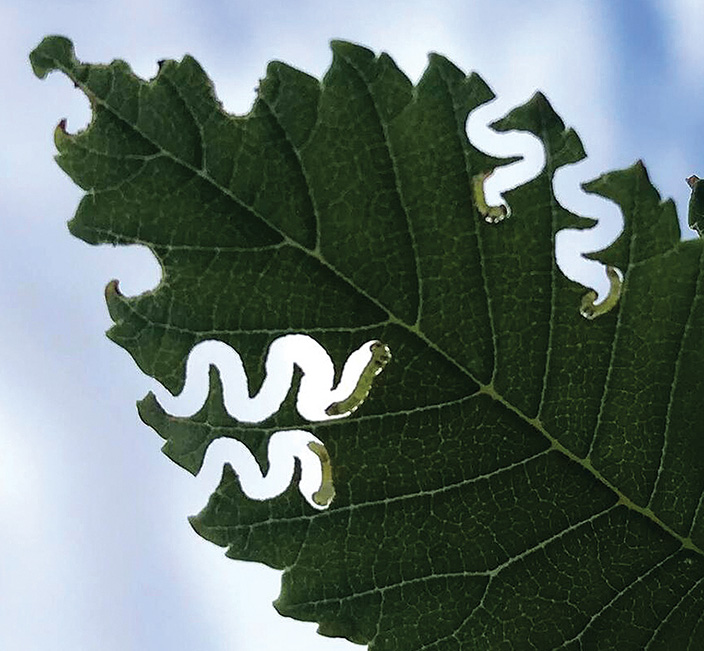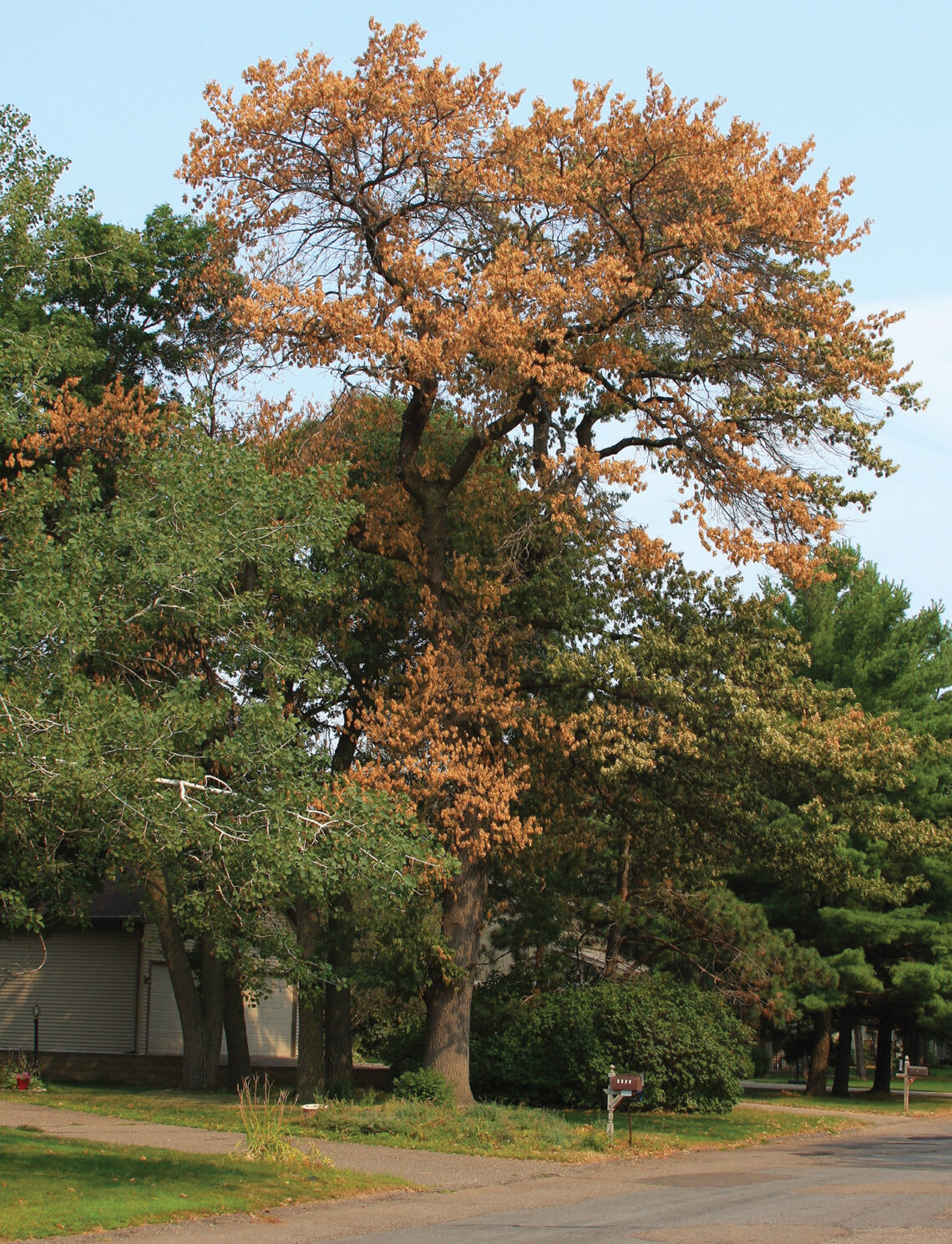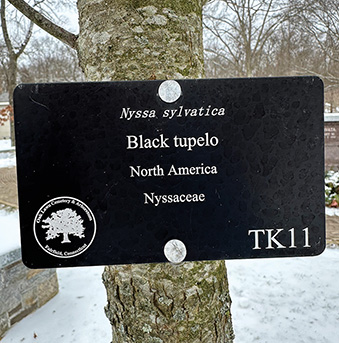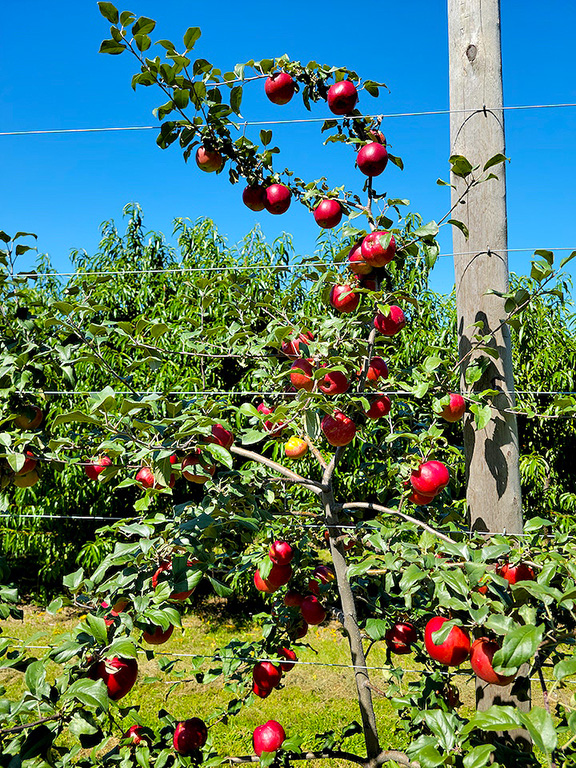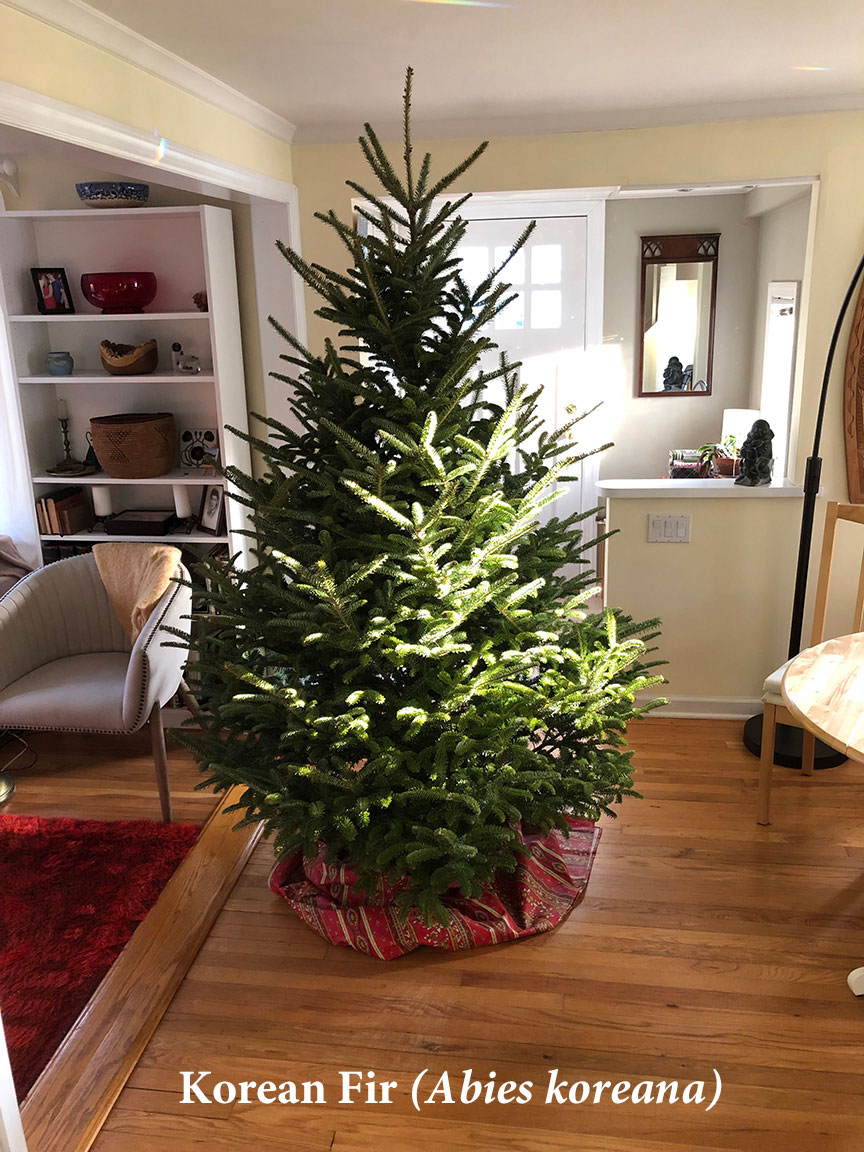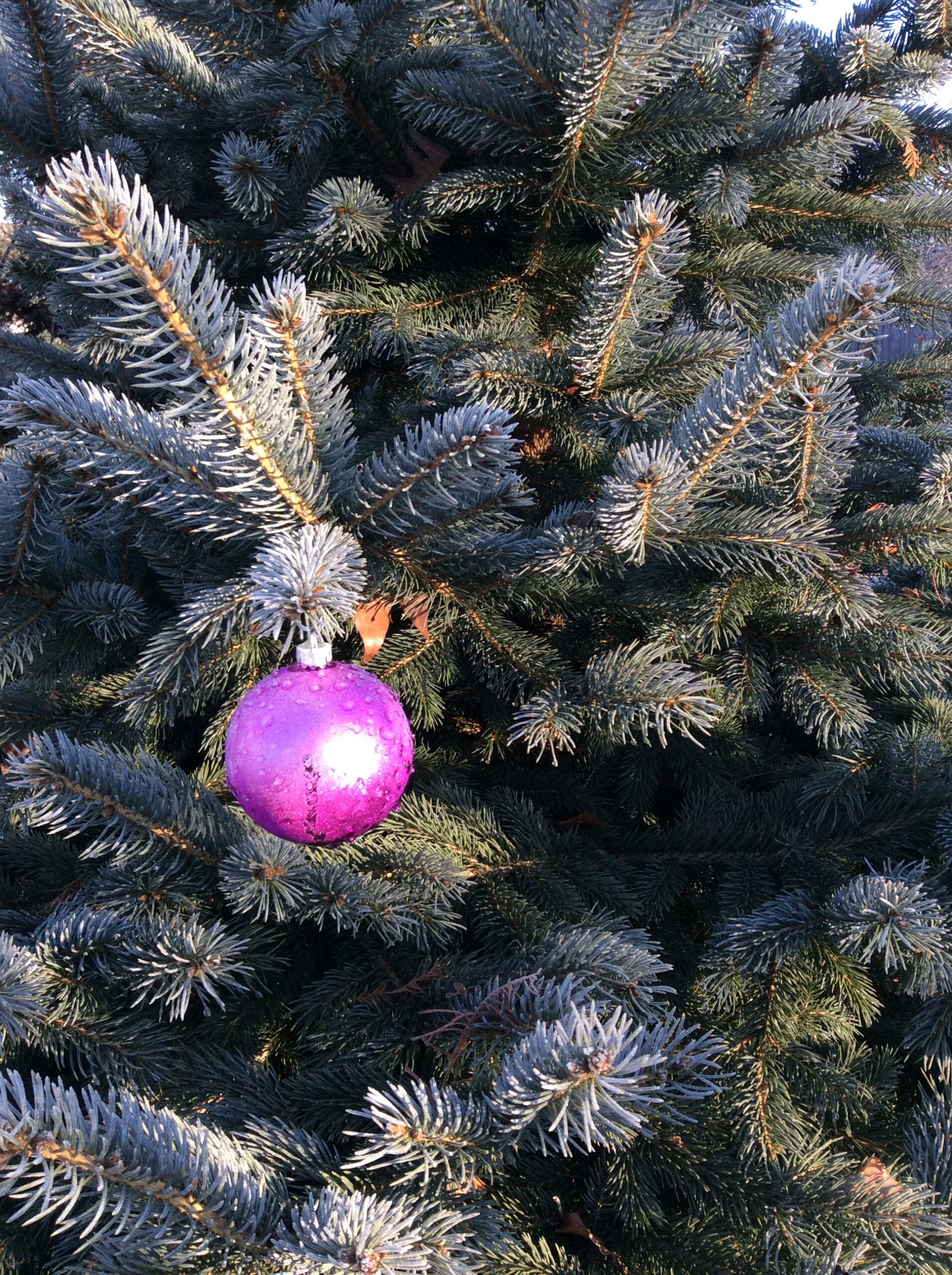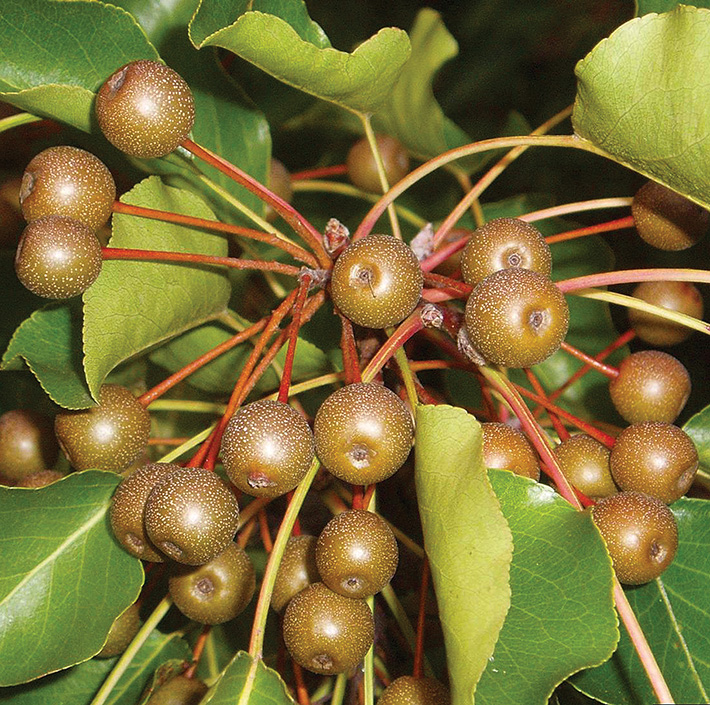A really enjoyable read. I finished it in just a few days. Stewart talks about 50 treecollectors. Each one gets a few pages. The vignettes are divided into 10 basic categories:• Healers• Ecologists• Artists• Curators• Educators• Community Builders• Enthusiasts• Seekers• Preservationists• Visionaries The stories are fascinating. Some of them are quite surprising and run the full gamut of human endeavor. They range from uplifting (using trees around churches in Ethiopia to bring back its forests) to reprehensible (using the U.S. military to destroy Navajo Peach Orchards in Arizona in the 1860s). These people all come to tree collecting from different backgrounds but they all share the same basic passion. For…
-
-
Cercis canadensis ‘Arnold Banner’
By Will Rowlands The Arnold Arboretum’s plant introduction program (Arnold Selects) started in 2021 saying, “Our model is to provide this unique material to nursery partners for propagation, along with cultural information and backstories, so that a new audience can feel a personal connection to what is growing in their gardens.” Their introduction for 2024 is Cercis canadensis ‘Arnold Banner,’ an Eastern redbud that began as a spontaneous white-flowering mutation on a sport (branch) on a tree in the Arboretum’s collection in May 2009. It was first noticed by Abby Meyer (nee Hird), then an Arboretum Putnam Fellow. “Many of the plants that have become superstars in American nurseries are…
-
Invasive Princess Tree
Princess tree (Paulownia tomentosa) is a fast-growing 30-60 foot deciduous tree native to China that spreads by releasing thousands of tiny winged seeds in the fall. It’s considered invasive and is banned in Connecticut. It is illegal to import, move, sell, purchase, transplant, cultivate or distribute. Also called Empress Tree and Royal Paulownia, it was named after Anna Pavlovna, the daughter of Czar Paul I. It was brought to Europe in the 1834 by the Dutch East India Company and made it to North America in 1844. The seeds were used as packing material by Chinese porcelain exporters before the advent of polystyrene. It was reportedly touted as a wonder…
-
Elm Zigzag Sawfly Found in the Berkshires
According to UMass Amherst, elm zigzag sawfly (Aproceros leucopoda) has been found in Berkshire County in western Massachusetts and Hampden County in south-central Massachusetts. Sometimes called EZS, it’s native to Eastern Asia but is now considered invasive in Europe and North America. It was first detected in North America in Sainte-Martine, Quebec in 2020 but has since been spotted in Maryland, Massachusetts, New York, Pennsylvania, Vermont and Virginia. The larvae of this sawfly can cause defoliation of host trees (Ulmus spp.) as the larvae feed on leaves. This could exacerbate the decline of elm trees already threatened by Dutch elm disease (Ophiostoma ulmi). It is unclear at this point which…
-
Something Wilting This Way Comes
Oak wilt was spotted nearby in Brooklyn and Long Island in 2016. It’s a serious vascular disease caused by a fungus (Bretziella fagacearum) that threatens oaks. The fungus penetrates the xylem and restricts the flow of water and nutrients up toward to leaves. It was first described in Wisconsin in 1944. Two other vascular diseases you’ve probably heard of are Chestnut Blight and Dutch Elm Disease. Bad company. Oak wilt can be spread by insects and root-to-root contact with other oak trees. The human movement of firewood is another important vector. The symptoms include leaf discoloration, leaf wilt, defoliation and death of the tree, which can occur in just one…
-
Creating an Outdoor Tree Museum
By Charlie Stebbins An “Arboretum” is an outdoor “tree museum,” open to the public and offering a verdant sanctuary of quiet and beauty. With forests worldwide threatened by development, invasive pests, diseases, and plants, plus poor management practices, the need for quality “arboreta” was never so pressing. Fortunately, the expanding community of tree-loving enthusiasts grows increasingly strong! Arboreta have been around since Roman times and today they total about 4,000 globally. Botanical gardens feature herbaceous flowers and grasses, while trees and woody shrubs are the stars in an arboretum. Long ago, arboreta were simply “places of trees,” randomly arrayed in old cemeteries, universities or municipal parks. Documentation, landscape legacy, and…
-
Support Your Local Orchard
By Russell Steven Powell This story first appeared in the Orchard Blog at newenglandapples.org Highly variable is about the best way to describe the 2023 New England apple crop.Most people by know now that the fresh apple crop will be significantly smaller due to a region-wide freeze the night of May 18. Yet many orchards have full crops, and most have some apples. When all the apples are picked, though, losses could amount to as much as half of a normal crop of between 3.5 million and 4 million 42-pound boxes. It means there will be plenty of fresh apples this fall, but the season may not last as long,…
-
Christmas Trees & Conifers for a Changing Climate
By Richard S. Cowles Six years ago, Dr. Richard (Dick) Jaynes wrote a splendid article “All About Christmas Trees,” for Connecticut Gardener (Vol. 21, No. 5, pp. 2-5). In that article, he described the basics on how Christmas trees are grown in our state. This article can be considered an update; in it, I will explain what changes are likely to take place in the species being grown and why these changes are necessary. This information may also be useful for gardeners who wish to know which species of conifers are suitable for planting in their landscape, and provides guidance regarding the various diseases, insects, and mites affecting these species…
-
All About Christmas Trees
By Dick Jaynes This article was originally published in a digital-only edition in November/December 2015Christmas trees are an important farm crop grown on more than 5,000 acres in Connecticut. Tree farmers help maintain the picturesque, bucolic farmland that is increasingly scarce in our state. Most tree farmers belong to the Connecticut Christmas Tree Growers Association which has more than 200 members. The association was started some 50 years ago when raising Christmas trees in Connecticut expanded rapidly. From the beginning, the University of Connecticut and The Connecticut Agricultural Experiment Station have been valuable resources for growers. Despite the best efforts of the Christmas tree growers, the local supply of trees…
-
Potentially Invasive Callery Pear
Callery pear (Pyrus calleryana) is not officially considered invasive in Connecticut but it should be. For that to happen the Invasive Plants Council (IPC) has to place it on the official list. In Connecticut, the IPC is the body responsible for the state’s Invasive Plant List under CT General Statutes. Callery pear is on Connecticut’s “Research List” of plants about which they’d like more information. It’s considered invasive in a number of states and many sources describe it as not recommended. We add our name to that list but the horse has already left the barn. A native of China, Japan, Korea and Vietnam, Callery pear was originally brought to…
